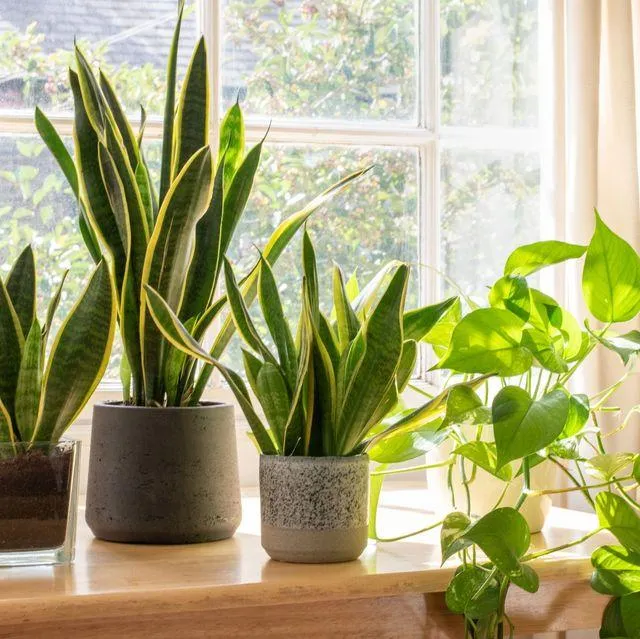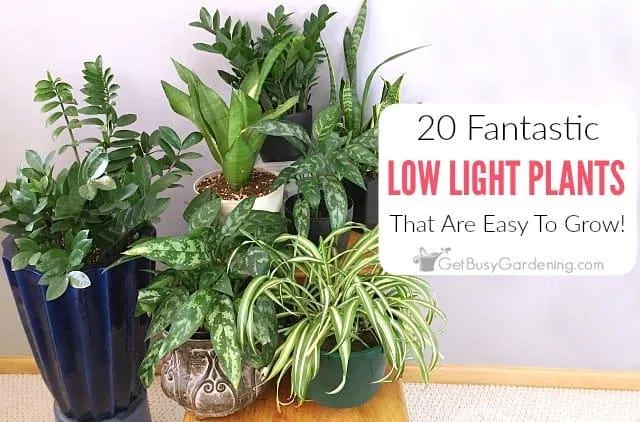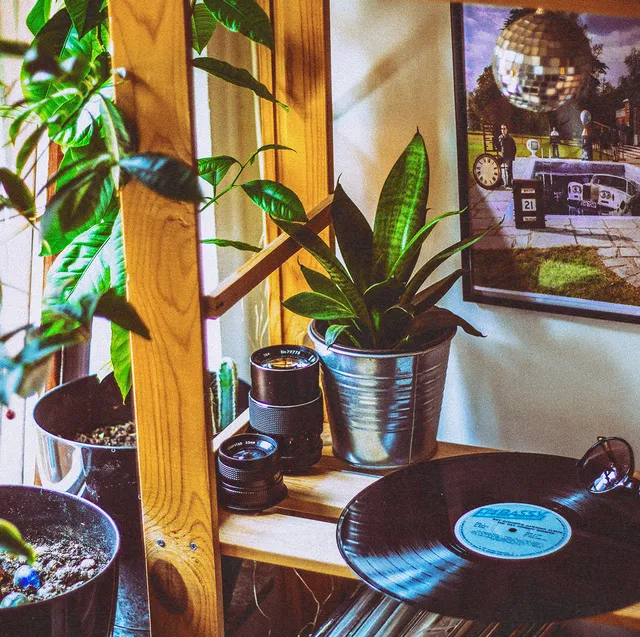Top Low-Light Trees for Your Home Landscape
If you’re looking to add some greenery to the darker areas of your yard but many plant varieties won’t thrive without lots of sunshine, you’ve come to the right place. As someone who has struggled with shady spots on my own property, I’ve experimented with different low-light tolerant trees to find the best options. In this article, I’ll reveal the top low-light trees based on my experience, along with tips to help you choose and care for them so they flourish even with limited sunlight.
Silver Maple
- Scientific Name: Acer saccharinum
- Size: 60-75 feet tall, 40-60 feet wide at maturity
- Sun Exposure: Full to partial shade
The silver maple is perhaps one of the most popular choices for low-light areas. From my experience planting several over the years, I can say they basically grow like weeds—as long as they get at least partial sun each day, they’ll thrive. They have beautiful layered branches and distinctive lobes on their leaves that cast beautiful shadows. However, the roots can be invasive and the bark sometimes flakes off, basically creating a mess. So this tree works well if you don’t mind a little maintenance.
Serviceberry
- Scientific Name: Amelanchier species
- Size: 15-25 feet tall and wide
- Sun Exposure: Partial to full shade
If you want colorful blooms in spring followed by edible berries in summer, the serviceberry is a great low-light option. I planted some on the north side of my house a few years ago and they’ve sort of knocked my socks off with their beautiful display each season. They thrive in most soil types and don’t require much care. The different serviceberry varieties offer flowers in white, pink or red shades. Kind of a gorgeous small tree if you ask me!
Eastern Redbud
- Scientific Name: Cercis canadensis
- Size: 20-30 feet tall and wide at maturity
- Sun Exposure: Partial sun to light shade
With its heart-shaped leaves and colorful lavender flowers that bloom very early in spring before the leaves emerge, the eastern redbud is really a show-stopping choice for any landscape. I planted one in a spot that gets morning sun and afternoon shade, and it’s been pumping out blooms faithfully for over a decade now. Some issues can include brittle wood susceptible to damage from high winds or ice. But man, the flowers are stunning—definitely worth dealing with any potential branch breakage in my opinion!
Crape Myrtle
- Scientific Name: Lagerstroemia species
- Size: 15-30 feet tall and wide, depending on variety
- Sun Exposure: Full sun preferred, but tolerates partial shade
Crape myrtles sadly have a reputation for being fussy about sunlight, but in my experience, certain varieties can handle light shade very well. I’ve got a white crape myrtle that gets morning sun and afternoon shade, and it’s been blooming like crazy for years! They have exfoliating bark, beautiful fall color, and flower clusters in a rainbow of colors throughout summer. Just be sure to choose a variety labeled as shade tolerant. But honestly, these rules are kind of flexible—nothing wrong with trying a sun-loving variety in partial shade and seeing how it goes!

American Hornbeam
- Scientific Name: Carpinus caroliniana
- Size: 20-30 feet tall, 15-25 feet wide
- Sun Exposure: Full to partial shade
With its muscular, fluted gray trunk and narrow oval leaves, the hornbeam lends an intriguing, almost prehistoric look to shaded landscapes. With morning or afternoon sun, it performs excellently, adapting well to various soil moistures. A plus is its tolerance of soil compaction and pollution. I know firsthand how rugged these trees are since mine has endured plenty of abuse from careless landscapers over the years yet continued putting out new growth every spring without fail. Reliable, low-maintenance—gotta respect that!
Now that you’re aware of some top low-light tolerant tree options, how do you choose the best varieties for your space? Here are some tips:
Assess Sun Exposure
Rather than rely solely on sunlight hours, observe how shade patterns change throughout the day and seasons at the planting location. Consider whether morning, midday or afternoon sunshine will reach the spot for optimal tree health.
Select for Mature Size
Check mature tree dimensions so it won’t outgrow its space or interfere with buildings/utilities later on. Prunning may be required to control size, but it’s kind of a pain.
Factor in Soil Conditions
Pay attention to soil type, drainage and pH levels affecting a tree’s ability to thrive locally. Amend planting soil as needed before installing. A healthy, happy root system equals a beautiful canopy!

Add Visual Interest
Choose a variety with attributes like flowers, fall color, bark or interesting shapes/forms to keep your garden appealing all year. Nothing worse than boring trees if you ask me!
Consider Low Maintenance
Opt for naturally sturdy, pest-resistant trees needing minimal pruning and care once established. Taking it easy in the shady spots is basically a bonus.
With the proper site assessment and tree selection using these guidelines, even spots getting limited sun can become lovely garden oases. From my experience over many years planting trees, less sun tolerant ones may succeed if given ideal growing conditions. But playing it safe with proven shade lovers ensures beautiful trees that enrich your landscape for generations to come. I hope these tips help you pick out the best low-light tolerating trees for your home! Let me know if you have any other questions.
Best Low Light House Trees
| Tree | Maintenance | Height | Spread | Notes |
|---|---|---|---|---|
| Gingko | Low | 60 feet | 30 feet | Beautiful fan shaped leaves that turn yellow in fall. Tolerates most conditions. |
| Crape Myrtle | Low | 20-30 feet | 15-25 feet | Blooms summer through fall. Susceptible to mildew and canker. Needs pruning. |
| Hawthorn | Moderate | 25-30 feet | 20-25 feet | Fragrant white flowers in spring. Good for attracting birds and wildlife. Thorns on branches. |
| Weeping Willow | Moderate | 30-70 feet | 30-50 feet | Beautiful drooping branches. Likes moisture but can handle drought. Needs space. |
| Japanese Maple | Moderate | 15-30 feet | 15-25 feet | Gorgeous Fall foliage. Needs protection from sun/wind. Sensitive to frost/disease. |
FAQ
-
What are some best low light houseplants?
Some great low light houseplants are ZZ plant, pothos, snake plant, spider plant, and Chinese evergreen. These plants basically don’t need much sunlight to look awesome. The ZZ plant appears to be especially hardy and can survive with very little light.
-
How much light do low light plants need?
Low light plants can get by with just a few hours of indirect sunlight every day. They don’t really need bright, direct rays. Sort of like a north-facing window is fine. Strange as it seems, some thrive with only artificial light from a lamp. Maybe they photosynthesize differently than other plants?

-
What kinds of places in a house get low light?
Areas that typically get low light include north-facing windows, inside bathrooms, basements, covered porches, and stairwells. Nevertheless, many houseplants amazingly tolerate the dim conditions in these spots. On the other hand, strong indirect sunlight near an east or west window may be just right for some low light beauties.
-
Do low light plants need fertilizer?
You wouldn’t think so since they get barely any sun. However, lacking proper nutrients can weaken low light plants over time. Fertilizing every few months during the growing season helps them thrive, even in the gloom. Perhaps a balanced, water soluble plant food once in a while does the trick.
-
Can low light plants be harmed by too much light?
Surprisingly, yes! Over-sunning certain kinds gives them leaf scorch or drying out. Snake plant and pothos come to mind as especially sensitive. Moving a low light lover directly in front of a window on a hot day could be awfully stressful. Best to slowly adjust them to increased illumination to acclimate.
-
What’s the hardest low light plant to keep alive?
In my experience, Chinese evergreens can be a challenge sometimes. They’re finicky about moisture and seem to sulk when under-watered. On the other hand, ZZ plants amaze me with how little care they need. I’ve never succeeded in killing one, even when I was a novice gardener. Perhaps they’ve evolved to be virtually indestructible!
-
What’s the easiest low light plant for beginners?
Based on research I’ve seen, pothos and snake plants tend to be the most forgiving type for new plant parents. Pothos are practically indestructible and snake plants can go weeks without a drink. They also grow rapidly even in dim conditions. So if you “kill everything you touch,” as they say, these may be worth a shot to build confidence.

